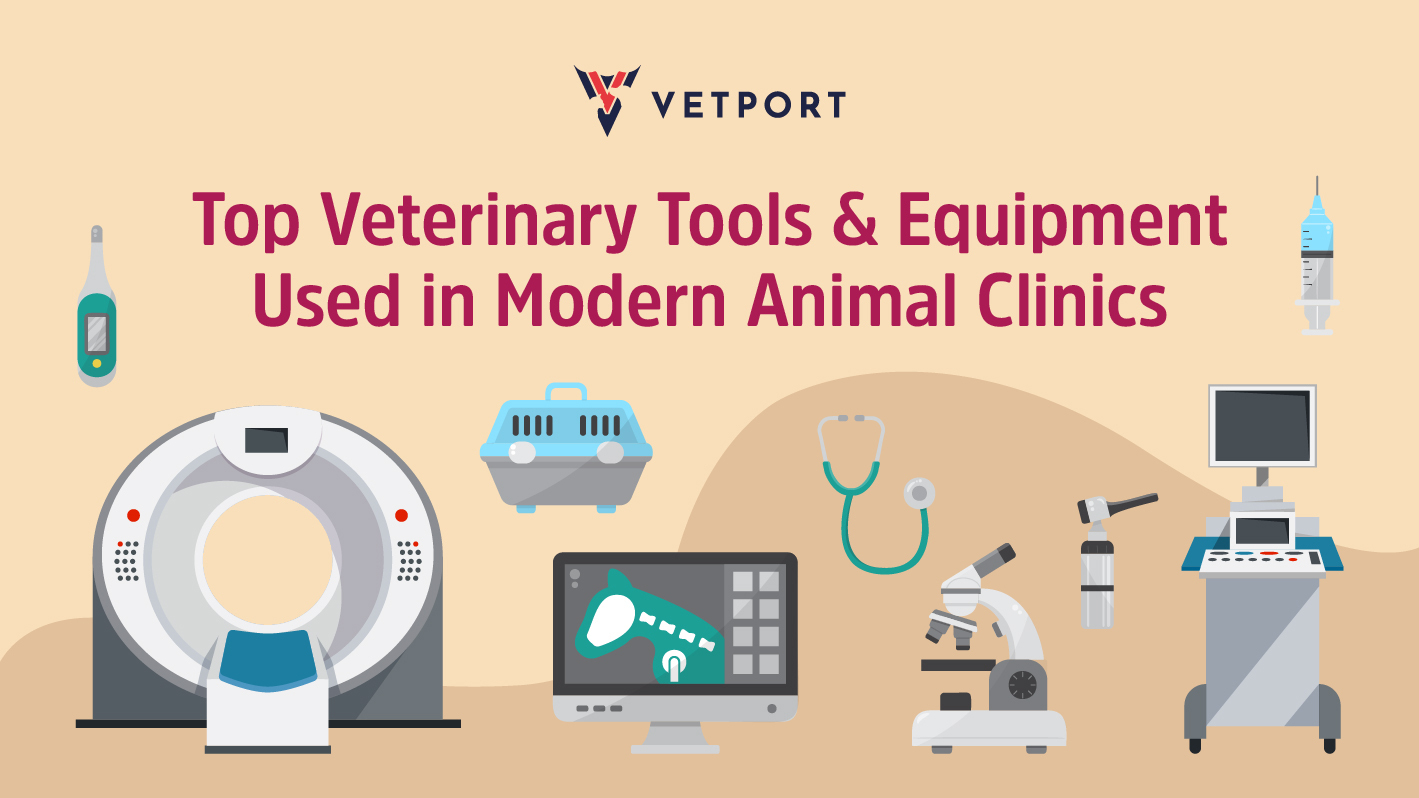
Top Veterinary Tools & Equipment Used in Modern Animal Clinics
Veterinary clinics today are more advanced than ever, with tools and equipment designed to improve diagnostics, streamline treatments, and enhance animal care. From general check-ups to complex surgeries, veterinary tools play a critical role in ensuring smooth operations and accurate medical attention.
In this guide, we’ll walk you through the essential vet tools , how they are used, and what equipment is vital for running a successful veterinary clinic.
Why Veterinary Tools Matter
Whether you’re a new practice owner, a vet tech, or simply curious about how animal clinics operate, understanding the variety of tools veterinarians use can help you:
- Improve workflow in your clinic
- Ensure better outcomes for pets
- Maintain hygiene and compliance
- Offer a more professional experience to clients
Categories of Veterinary Tools & Equipment
1. Diagnostic Tools
These tools help veterinarians identify health issues and monitor vital signs:
- Stethoscope: For heart and lung auscultation
- Otoscope & Ophthalmoscope: For ear and eye examinations
- Thermometer: Essential for checking fever and infection
- Ultrasound & X-ray machines: For internal imaging
2. Surgical Tools
Used during operations or wound care procedures:
- Scalpels & Blades
- Hemostats & Forceps
- Sutures & Needle Holders
- Surgical Scissors
3. Dental Tools
Dental hygiene is as important for animals as it is for humans:
- Ultrasonic scaler
- Polisher
- Dental probes & elevators
- Extraction forceps
4. Treatment Tools
Used during everyday care:
- Syringes & Needles
- IV Drip Sets
- Vaccination guns
- Bandage scissors
5. Monitoring Equipment
To track pet vitals during surgery or recovery:
- ECG machines
- Pulse oximeters
- Infusion pumps
- Anesthesia machines
6. Sterilization Tools
Critical for preventing infections:
- Autoclaves
- Ultrasonic cleaners
- Sterilization trays & pouches
7. Veterinary Practice Software Tools
While not physical, software is a tool itself. Most clinics today use:
- Veterinary practice management software
- Electronic medical records (EMR)
- Appointment scheduling systems
Must-Have Equipment for Every Vet Clinic
Running a veterinary clinic efficiently means having all the essentials in place. Here are the top tools most commonly used:
| Tool | Purpose |
|---|---|
| Stethoscope | Basic diagnostics |
| Autoclave | Sterilizing instruments |
| Dental scaler | Oral health |
| Microscope | Lab testing & diagnostics |
| Examination table | Physical examinations |
| IV pump | Fluid therapy & anesthesia |
These are considered must-have vet tools in any clinical setting, regardless of size.
Veterinary Clinic Supplies Checklist
Beyond tools and machines, every clinic needs a regular supply of basic materials:
- Disposable gloves & gowns
- Cotton swabs & gauze
- Disinfectants & cleaners
- Surgical masks & drapes
- Dog & cat muzzles
- Thermometers & syringes
Keeping this inventory in check ensures smooth operation and hygiene.
FAQs
Q1: What are the most commonly used veterinarian
tools?
A: Stethoscopes, syringes, otoscopes, forceps, scalpels, and
dental scalers are among the most frequently used tools.
Q2: What's the difference between vet tools and vet
equipment?
A: Tools are generally handheld instruments used for treatment
or diagnostics. Equipment often refers to larger machines like
X-ray, autoclaves, or software platforms.
Q3: What do veterinarians use for dental care?
A: Ultrasonic scalers, polishers, extraction forceps, and dental
elevators are standard tools for veterinary dental procedures.
Q4: Can software be considered a veterinary tool?
A: Absolutely. Tools like veterinary practice management
software help streamline appointments, billing, and medical
records, making them essential in modern practices.
Final Thoughts
Understanding and investing in the right set of veterinarian tools can significantly impact your clinic’s efficiency and the quality of care provided. Whether you're just starting your clinic or upgrading your practice, the right mix of tools, equipment, and software is essential.

